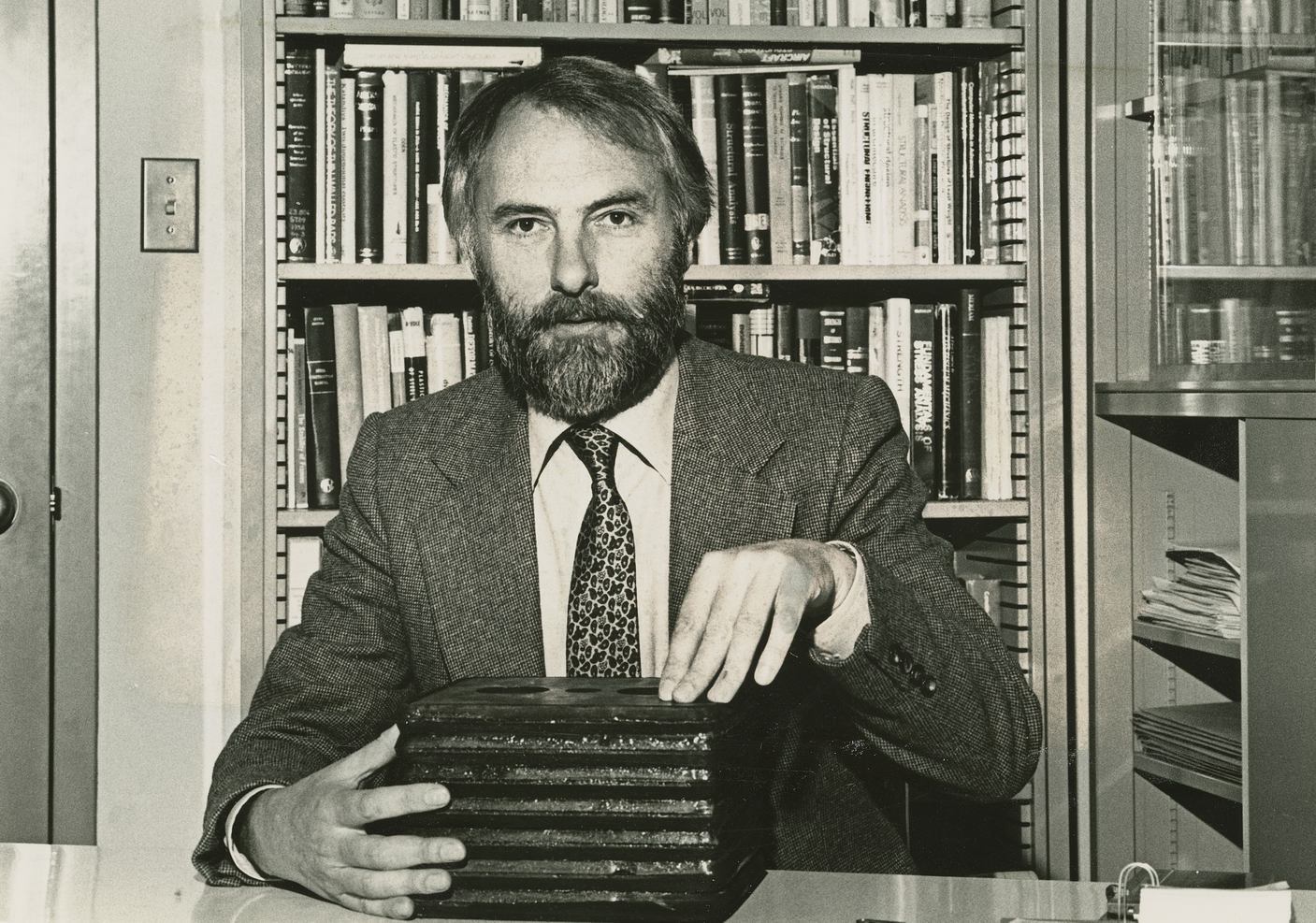Professor James Marshall Kelly was a visionary in the field of civil engineering whose pioneering research and leadership shaped the concept of structural resilience that we know today. As one of the foremost experts in seismic isolation, he dedicated his career to advancing technologies that protect communities and critical infrastructure by reducing the destructive seismic forces.
research and leadership shaped the concept of structural resilience that we know today. As one of the foremost experts in seismic isolation, he dedicated his career to advancing technologies that protect communities and critical infrastructure by reducing the destructive seismic forces.
At the University of California, Berkeley, Professor Kelly built an extraordinary legacy as both a researcher and an educator serving as a faculty member for nearly 40 years in the Department of Civil and Environmental Engineering. He was instrumental in making UC Berkeley a global hub for earthquake engineering, where his work on base isolation and energy dissipation devices broke new ground. Generations of students benefited from his clear vision, high standards, and deep commitment to the profession, and many carried forward his ideas in practice and research around the world. His mentorship was as impactful as his scholarship, instilling in students a balance of scientific rigor and practical application.
His groundbreaking work in base isolation transformed what was once a theoretical concept into a practical, widely adopted engineering solution. Through decades of research, publications, and mentorship, Professor Kelly bridged the gap between academia and practice, ensuring that his innovations would have a direct impact on communities worldwide. Many seismically isolated buildings remain open and operational today serving as a testament to his ingenuity and persistence.
Within the Structural Engineers Association of Northern California (SEAONC), Professor Kelly’s influence was profound. He was not only a source of technical expertise but also an inspiring collaborator who challenged engineers to think boldly about the future of earthquake-resistant design. He played a significant role in the development of SEAONC’s Tentative Seismic Isolation Design Requirements—widely known as the “Yellow Book.” This groundbreaking document was among the first of its kind, providing practicing engineers with guidance on the design of base-isolated structures and laying the foundation for future code provisions. Professor Kelly’s research and insight were instrumental in giving the Yellow Book both scientific rigor and practical applicability, helping to ensure its lasting impact on the profession. Through this work, as well as his presentations, committee involvement, and mentorship of early career professionals/academics, he helped foster a culture of innovation and rigor within SEAONC. His contributions encouraged engineers to embrace new technologies, evaluate them critically, and ultimately elevate the standards of practice in structural engineering.
Professor Kelly’s legacy is not only found in the systems and structures he helped create but also in the generations of engineers and students he inspired. His vision, curiosity, and generosity of knowledge will continue to resonate throughout the profession and within SEAONC for years to come.
We honor his life’s work with gratitude and respect, knowing that his contributions have made the world safer and the profession stronger.